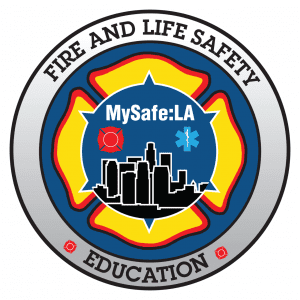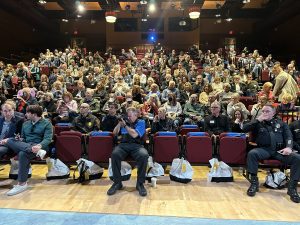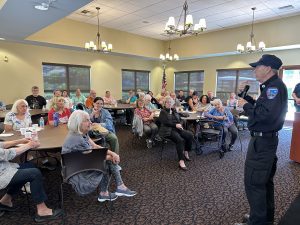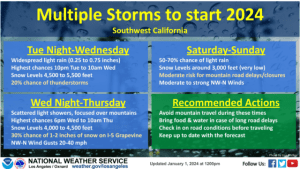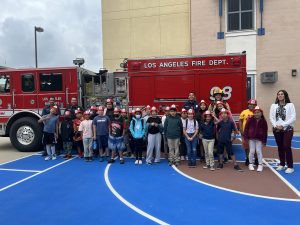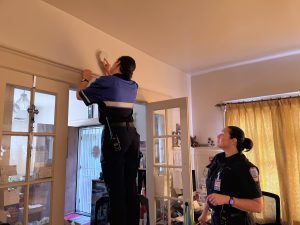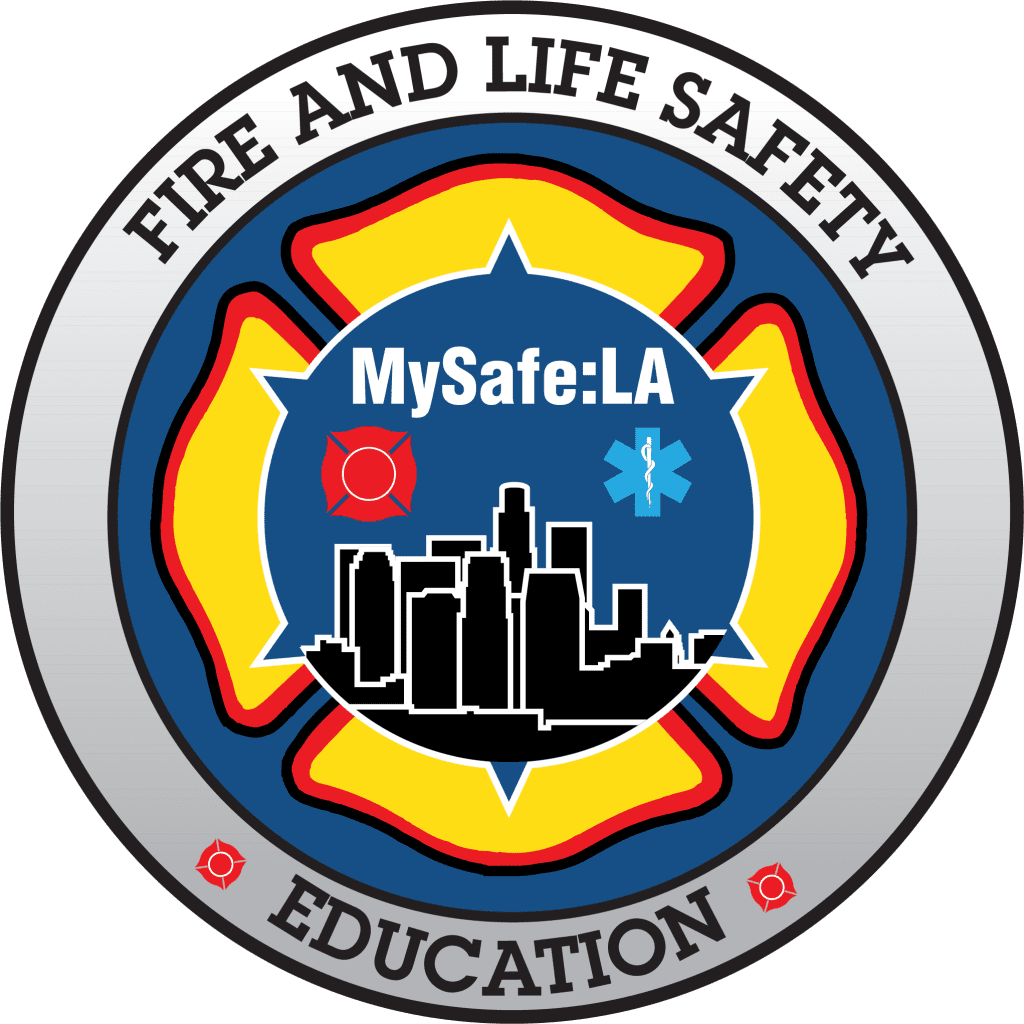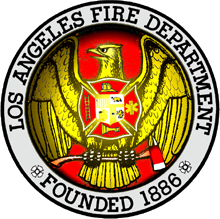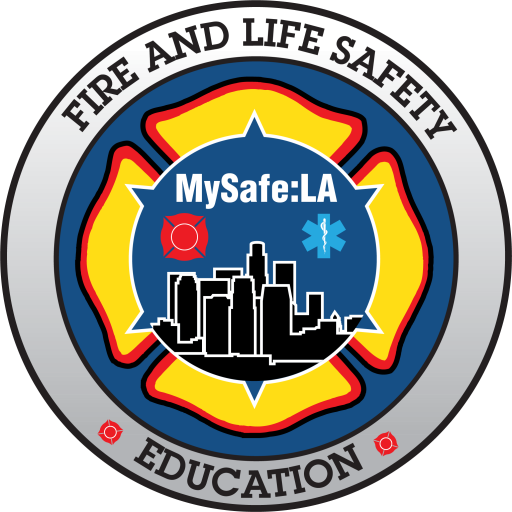A Reminder from the San Fernando Earthquake… Don’t Forget me! Too often, when it comes to earthquakes, we tend to forget. Tomorrow is the 43rd anniversary of the 1971 San Fernando Earthquake. More commonly referred to as the Sylmar Earthquake, it was a major event in Southern California. Without any recorded preshocks, the thrust earthquake measured 6.6 on the Richter scale, and was considered a XI or “extreme” on the Modified Mercalli Intensity Scale. A total of 58 people died directly as a result of the quake, but in 1971, deaths from related causes, such as heart attacks, were not included. As such, it is estimated that the total death toll exceeded 70 persons.
The geological makeup of the San Fernando Valley and the adjacent Santa Susana Mountains, Santa Monica Mountains, and the Verdugo Mountains created interesting boundaries relative to ground movement and damage. With the most significant damage to buildings in the northern part of the San Fernando Valley, including Sylmar, most attention from the media was focused there. The famous collapse of the Olive View and Veteran’s Hospitals are what people immediately think of when this quake is mentioned.
What isn’t easily remembered is the impact the quake had below the surface of the valley. Underground water, sewer, and gas systems were shattered, nearly literally. There were too many breaks to count, and it took months to restore services to the level that existed on February 8, 1971. Because this was a thrust fault, the ground was literally uplifted, creating a ripple effect that spread across the floor of the valley. Sideways and roadways were cracked, and in fact were impacted with greater breath of damage than the quake’s shift in the underlying soil. And it was the earth itself and set the stage for the most significant damage: to area hospitals.
The Olive View Hospital complex was owned by LA County in 1971. 880 beds for patients represented a major hospital campus, yet most of the buildings had been developed prior to the post 1933 Long Beach earthquake construction updates. The buildings more significantly damaged were made of wood or masonry construction. The five story reinforced concrete Medical Treatment and care Building was one of the newest, yet it sustained significant damage. Three deaths occurred in this building.
Most of the deaths were within the Veterans hospital complex. Four buildings totally collapsed, and others partially broke apart. Most of the buildings constructed after 1933 withstood the shaking and did not collapse.
The Van Norman Dam sustained significant damage, including a landslide that dislocated a section of the dam’s embankment. Thankfully, the dam did not collapse overall, but had it, 80,000 people would have been directly in its path.
Substantial disruption to about ten miles of the freeways in the northern San Fernando Valley took place with most of the damage occurring at the Foothill Freeway / Golden State Freeway interchange and along a five mile stretch of Interstate 210. On Interstate 5, the most significant damage was between the Newhall Pass interchange on the north end and the I-5 / I-405 interchange in the south, where subsidence at the bridge approaches and cracking and buckling of the roadway made it unusable.
Although there were changes made to engineering requirements and lawmakers worked to improve legislation, not only for construction but research, time proved to be an enemy of preparedness. Because the legal and political process can at times be sluggish, fear and interest in earthquake readiness had subsided by the time certain measures were brought to the floor for process. One measure that did get enacted was the The Hospital Seismic Safety Act that called for the application of medical facility safety standards to all new hospital construction.
Perhaps the most important advance was the the Alquist-Priolo Geologic Hazard Zones Act. Signed into law in December of 1972, the legislation had the goal of reducing damage and losses due to surface fault ruptures. The act restricts construction of buildings designed for human occupancy across a fault that is known to be active. The state geologist is responsible for mapping well-defined faults that have evidence of surface faulting within the last 11,000 years and creating regulatory zones with relation to the potentially active faults.
Today, that exact issue is at the center of the Hollywood Millenium project. Where are the faults in Holllywood – are they properly surveyed? Are the proposed towers within 100 feet of an active or known fault? The investigation continues, but the worry is wider than just a single construction project.
Despite everything Southern California has experienced in the past 150 years, and despite the best efforts of lawmakers, CalTech, and the USGS, there are literally hundreds upon hundreds of buildings in Southern California that are considered unsafe – meaning they will likely collapse if an earthquake anything like San Fernando or Northridge occur. And a repeat of those quakes is a certainty. It may be a week, or it may be 30 years, but the ground will move, and with it, thousands of lives are at stake.




